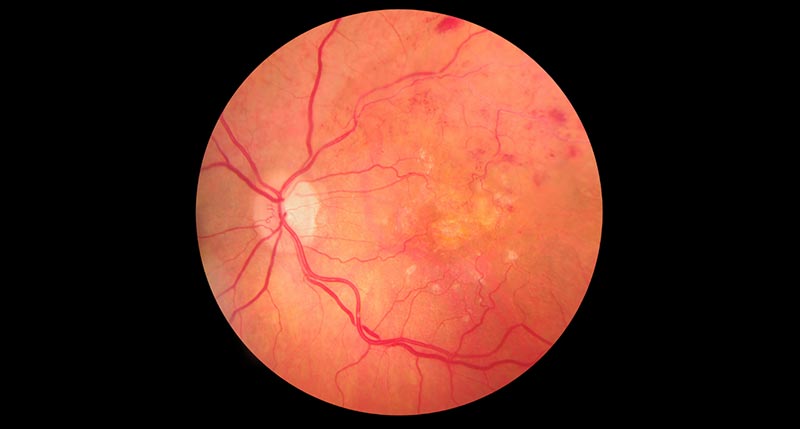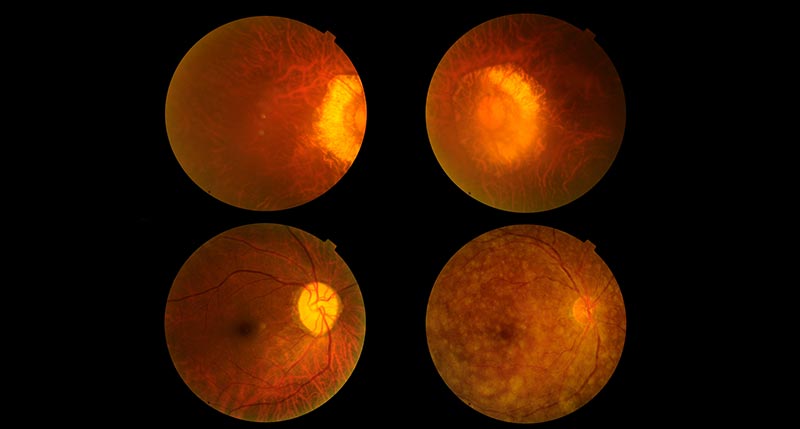It’s that time again — August means back-to-school for many children. Parents are busy buying the perfect backpack, notebooks, writing utensils, and school clothes so students have everything they need for a successful school year.
But did you know that August is also Vision and Learning Month? It makes perfect sense because 80% of everything you – and your kids — learn comes through the visual pathway!
The American Optometric Association states that 25% of all school-age children have a vision problem that is significant enough to impact their ability to learn. That’s why it’s essential to get a comprehensive visual exam before your child begins the school year. Notice we didn’t say they need a “vision screening” – a comprehensive eye exam is the standard.
Why Does my Child Need a Comprehensive Eye Exam?
Let’s go over some facts about school vision screenings and eye health to underscore the importance of a comprehensive eye exam by your optometrist — and why it can give your student a leg up on the new school year!
Most states require schools to conduct a vision screening, but this screening is only a partial eye exam at best. In fact, it is typically only a visual acuity check that asks your student to read a standardized eye chart with 11 rows of random capital letters, one large letter at the top, and letters that become smaller as you move down the chart. A row near the bottom represents the 20/20 visual acuity line, which means that a person standing 20 feet away who can read that specific line accurately has 20/20 vision.
This test measures visual acuity, or the student’s ability to see objects or images clearly at a given distance. And that’s a very important measurement. However, a visual acuity test provides less than 4% of the information gathered by your optometrist in a comprehensive eye exam!
Why 20/20 Does Not Mean Your Child Has No Vision Problems
Visual acuity is not the whole story; other factors affect your student’s visual perception. Remember: A child who sees 20/20 can still have a vision problem that will impact their ability to learn.
There are numerous visual skills necessary for functional vision that a school screening simply does not measure. For example, it’s critical that your child’s eyes work well together as a team – a skill called eye teaming – in order to read, learn, and perceive their world accurately. During a comprehensive eye exam, an optometrist will evaluate your child’s eyes for acuity (visual clarity) in addition to checking for any potential problems that may affect their visual skills, learning, development, and even their social interactions and self-esteem.
When vision problems go undetected or misdiagnosed, children are often diagnosed with ADHD or a learning or behavioral problem that can affect the child for life.
A single eye chart exam administered by the school nurse or other volunteer in a school screening simply cannot identify the complex range of skills that might potentially minimize your child’s ability to learn.
Essential Visual Skills for Student Success
Following are 17 visual skills your student needs to be successful in reading, writing, sports, and daily classroom activities:
- Eye Movement Control. Each eye has six muscles that work together to control the ability to move both eyes together to focus on an image.
- The ability of both eyes to turn inward toward the nose to focus on a book or computer screen.
- Side (Peripheral) Vision. The ability to see images off to the side without turning the head.
- Binocular Coordination (Eye Teaming). When both eyes work together in unison; if one eye is weaker, the student may have “lazy eye.”
- Quick, small, simultaneous movement of both eyes between two or more focal points. This skill is essential in tracking sentences and words across a page.
- Smooth, slow movements of both eyes, required to hold the focus on a slow-moving object.
- Accommodation Flexibility. The ability to continuously change focus between near and far objects, required to move the eyes from a blackboard to a book or class notes.
- Accommodation Endurance. The ability to maintain visual focus over extended periods of time.
- Visual Memory. Poor short-term visual memory can make it difficult to copy notes from the board and spell.
- Visual Thinking or “Picture Thinking.” The ability to analyze what you have seen, needed for comprehension and math.
- Central Vision Acuity. The ideal is 20/20 vision, as detected from reading an eye chart.
- Color Perception. Important for accurate understanding of colored graphs and charts.
- Fine Visual Motor Skills. The ability to accurately work on close-up activities like reading, writing and texting.
- Gross Visual Motor Skills. The ability to move using visual information to guide you. It prevents you from bumping into objects – an essential skill for student athletes.
- Visual Perception. Encompasses the total field of vision; it is your awareness of what is going on around you.
- Visual Integration. Combining vision with the other senses to perform complex tasks.
- Depth Perception. Discerning whether objects are close or far away.
Clearly, the range of visual skills required for a healthy sense of vision that can empower your child to succeed in the classroom and in sports is far more complex than a 20/20 visual acuity rating.
Bottom line? The start of every school year is the perfect time to call your optometrist and schedule that eye exam to give your child the opportunity to excel academically, in a sport, or just in “growing up!” Their eyes are the key to success, so help them take good care of them. Call us today!





